What do you think?
Rate this book


43 pages, Kindle Edition
First published February 1, 1928
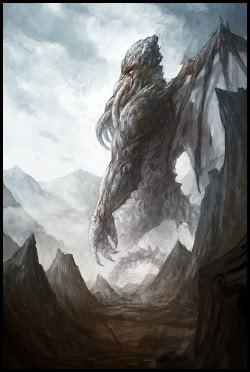
The most merciful thing in the world, I think, is the inability of the human mind to correlate all its contents. We live on a placid island of ignorance in the midst of black seas of infinity, and it was not meant that we should voyage far. The sciences, each straining in its own direction have hitherto harmed us little; but some day the piecing together of dissociated knowledge will open up such terrifying vistas of reality, and of our frightful position therein, that we shall either go mad from the revelation or flee from the deadly light into the peace and safety of a new dark ageThose few sentences say so much. They touch on the insignificance of man…the substantial ignorance of humanity regarding the universe…the concept of things so vast, unknowable and unable to be comprehended…and the soul-chilling coldness of what lay beyond our tiny sphere of knowledge.
I am largely underwhelmed by this “master of horror.” I find the writing simply dull, repetitive, anti-climactic, and that it uses the same tricks over and over and over again. I am not horrified by the stories, or at least not by any intended reasons. The narration, pacing, and lazy writing wreck whatever interest I had in the premises of the stories had, such as the twist to Arthur Jermyn and The Color Out of Space. (Such potential, OH WHY?!)
I admit my strong reaction to these stories is due to the huge hype I’ve heard around them and the high expectations I had starting them. After reading some of his most famous works (Call of Cthulhu, Call of Cthulhu, and don’t forget, Call of Cthulhu) I am completely lost to why they’ve achieved the memetic status they’re at now. Before actually reading anything, I was always delighted to see the occasional “CTHULHU”-fish emblem on the back of a car or a creative homage to the famed monster on DeviantArt, and I was eager to become a loyal member of the fanbase, but it just wasn’t for me.

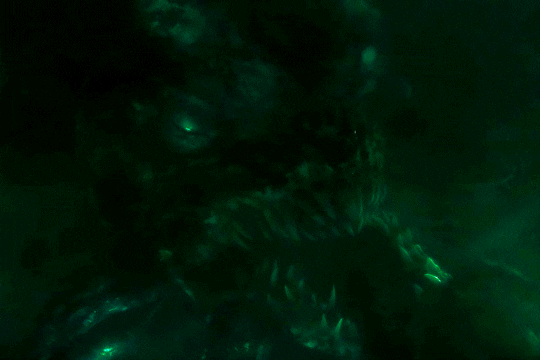


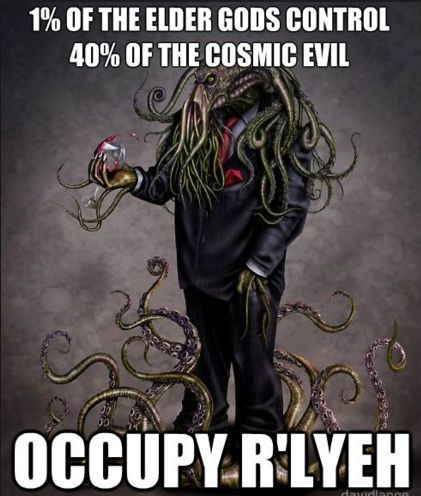
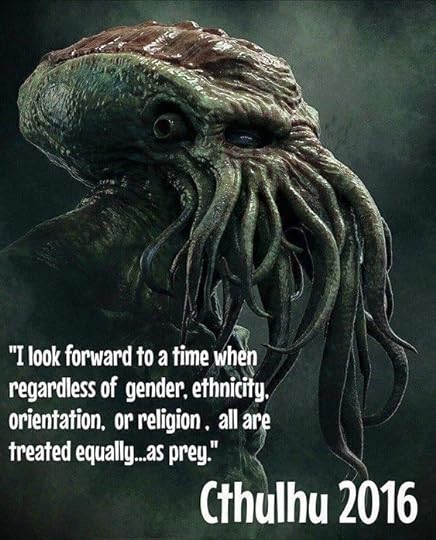


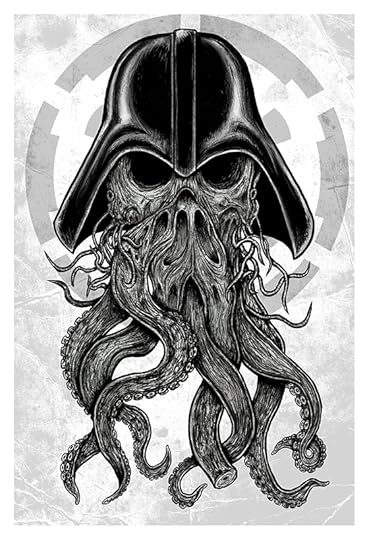
Parker slipped as the other three were plunging frenziedly over endless vistas of green-crusted rock to the boat, and Johansen swears he was swallowed up by an angle of masonry which shouldn’t have been there; an angle which was acute, but behaved as if it were obtuse.Perhaps more disconcerting is that Cthulhu does not obey the physical laws about the integrity of form:
...as the steam mounted higher and higher the brave Norwegian drove his vessel head on against the pursuing jelly... There was a bursting as of an exploding bladder, a slushy nastiness as of a cloven sunfish, a stench as of a thousand opened graves, and a sound that the chronicler would not put on paper. For an instant the ship was befouled by an acrid and blinding green cloud, and then there was only a venomous seething astern; where—God in heaven!—the scattered plasticity of that nameless sky-spawn was nebulously recombining in its hateful original form.More subtle, but even more discomfiting, is the size of the Cthulhu statues. Every reader of Haggard and Burroughs (or every watcher of Indiana Jones, for that matter) knows what size sinister idols are supposed to be: huge. Yet the first idol we see—the dream-haunted sculptor’s carving--is a bas-relief “less than an inch thick and about five by six inches in area”, the second—the exhibit brought to the Historical Society by New Orleans’ Inspector Legrasse—is “between seven and eight inches in height”. Legrasse’s narrative indicate that Cthulhu’s dancing devotees attempt to compensate for this deficiency in size, for he describes their sinister place of worship:
in the centre of which, revealed by occasional rifts in the curtain of flame, stood a great granite monolith some eight feet in height; on top of which, incongruous with its diminutiveness, rested the noxious carven statuette.I find this all very disconcerting. It implies that the Old Ones are so alien, so other in their origins, that they disdain the significance of size. Even the statue later grasped by Johansen, though slightly larger than the others, is only “about a foot in height.” But of course, soon after that, Cthulhu shows up, in all his jellied magnificence, confounding expectations.


It was nightmare itself, and to see it was to die.I wanted to taste death. I wanted to immerse myself, taint my soul with the words of this controversial genre godfather and see what all the fuss was. I may as well have gotten my cheek rubbed by the feathers of my sleep paralysis demon.
The most merciful thing in the world, I think, is the inability of the human mind to correlate all its contents.You can almost feel the desperation with which this loathsome man is trying to convey his terror at the unknown. But something just didn't land. It's like I was tossed a ball only to find out it had actually been a bubble that popped in midair.





It begins...."The most merciful thing in the world, I think, is the inability of the human mind to correlate all its contents."
A locked manuscript of a recently deceased elderly grand-uncle, an authority on ancient inscriptions, leads to bizzare and frightening research resulting in discovery of a monster like human caricature with a pulpy tentacled head and grotesque scaly body....possessing documented deadly powers.
Beware: You may not want to learn too much!
Weird, creepy Lovecraft tale.
It represented a monster of vaguely anthropoid outline, but with an octopus-like head whose face was a mass of feelers, a scaly, rubbery-looking body, prodigious claws on hind and fore feet, and long, narrow wings behind. This thing, which seemed instinct with a fearsome and unnatural malignancy, was of a somewhat bloated corpulence, and squatted evilly on a rectangular block or pedestal covered with undecipherable characters.And it is always a testament to good writing when a Google Image Search of that which is being described cannot turn up anything nearly as hair-raising as the text itself. On the other hand, this one is not half bad:




